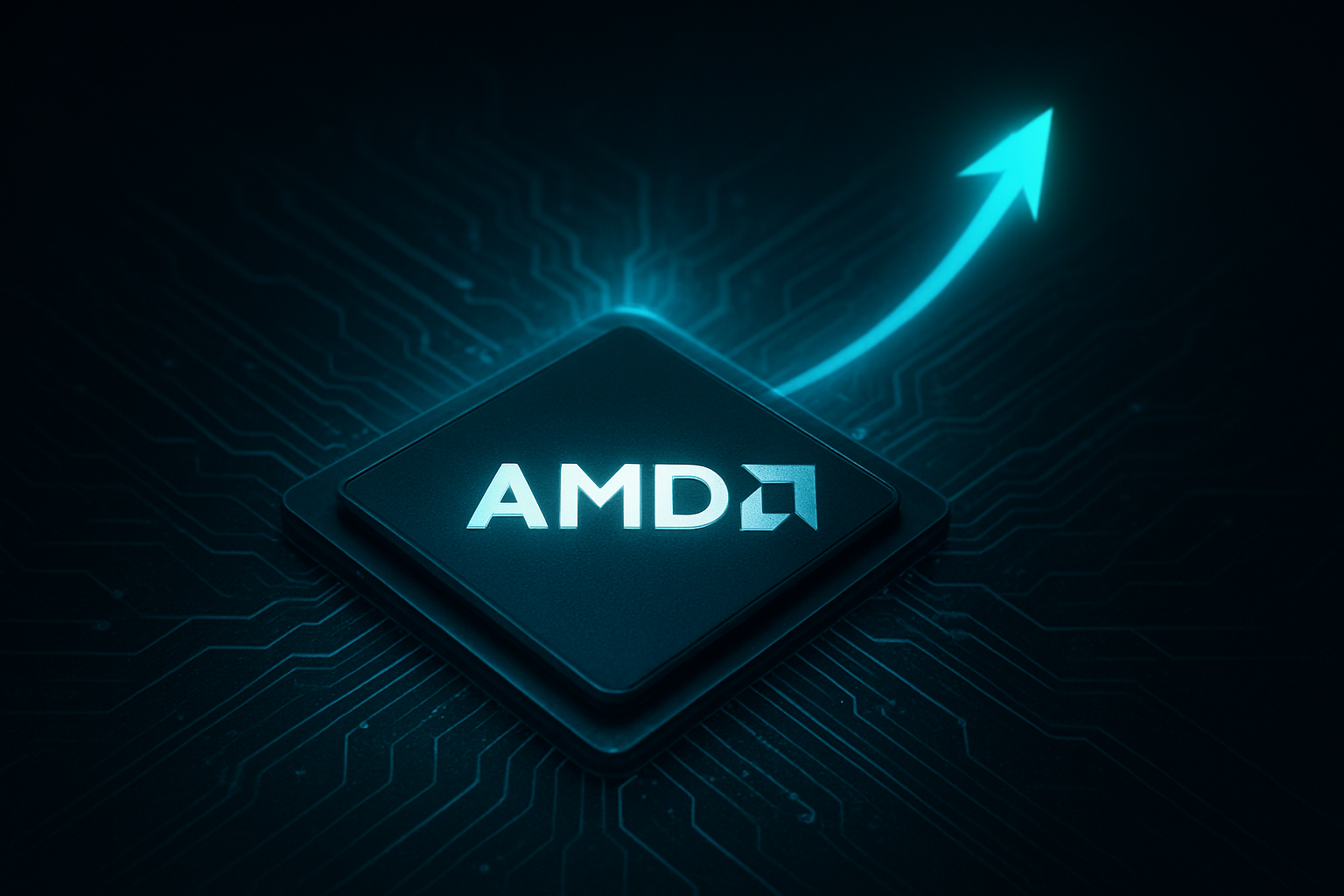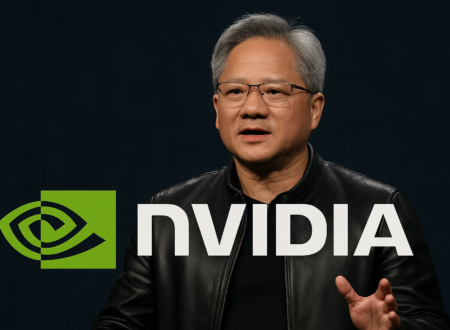AMD Rises In The AI Race Chipmaker Poised for a Decade of Growth
Advanced Micro Devices (AMD) stands in an exceptionally strong position as it heads into its third quarter earnings report. According to leading financial analysts, the chipmaker is only just beginning to capitalize on the massive shift toward artificial intelligence. This long term AI expansion, often called a supercycle, is expected to drive significant growth for AMD and the wider semiconductor industry, potentially lasting through 2030.
Vivek Arya, an analyst at Bank of America, recently highlighted AMD as one of the top companies set to benefit from this multiyear AI infrastructure buildout. His view suggests that the AI revolution is not a short term trend but a decade long economic transformation fueled by major investments from cloud computing companies and productivity gains across the entire global economy.
The Decade Long AI Supercycle
Mr. Arya’s analysis is rooted in historical precedent. He notes that past foundational infrastructure cycles, such as the global adoption of 3G and 4G wireless technology, typically lasted for a decade or more. The current wave of investment in AI is seen as an even greater structural change, one that is still in its early stages.
The analyst believes that the current AI driven semiconductor expansion could easily continue for another year or two, and perhaps even stretch until 2030. This long forecast indicates that the huge amounts of money being poured into building out the computing power for artificial intelligence is far from peaking, providing a massive, sustainable tailwind for chip providers.
The core of this investment comes from the world’s largest cloud computing providers, which are spending colossal sums to create the data centers needed to train and run complex AI models. AMD, along with its competitors, is essential to powering this foundational work.
AMD’s Strategic Position
Bank of America’s confidence in AMD’s positioning is based on the company’s ability to secure a strong foothold in the market for AI accelerator chips, which are critical components for training and deploying AI models. Mr. Arya views AMD as being “exceptionally positioned” to ride this multiyear growth trend.
Another analyst, Keith Fitz-Gerald of the Fitz-Gerald Group, holds an equally optimistic view on the chipmaker’s stock. He predicted that AMD shares could hit $300 relatively quickly, representing a significant upside from its current trading price.
Mr. Fitz-Gerald emphasized that AMD’s potential does not rely solely on the strength of its individual chips. Instead, he believes the true key to its success lies in its full stack data center strategy. This means the company is not just selling hardware, but also creating the necessary software and complete solutions that make their chips easy to use and integrate into massive data centers. This holistic approach is crucial in its efforts to effectively challenge the market leader, NVIDIA.
Multiple Engines for Growth
Beyond the central theme of the AI supercycle, analysts see two other major factors contributing to AMD’s strong outlook.
First is the continuation of gargantuan spending from the world’s biggest technology firms. Companies like Meta Platforms, Alphabet (Google’s parent company), and Microsoft continue to invest at an enormous rate in their infrastructure. This spending is necessary to keep up with the demand for cloud services and to build competitive AI systems. This sustained corporate expenditure provides a dependable source of revenue for AMD’s data center business.
Second, the company is expected to receive a lift from a forthcoming PC refresh cycle. This refers to a period when consumers and businesses replace their older personal computers with new models. This cycle is being encouraged by the end of official support for older operating systems, such as Windows 10, which prompted many to consider upgrading their hardware. This replacement wave is expected to drive demand for AMD’s central processing units (CPUs) and graphics processors for personal devices. An editor at Investor’s Business Daily, Ed Carson, noted that AMD’s “chips are really catching fire,” indicating a strong product appeal that is likely to boost sales in both the consumer and enterprise markets.
New Challenge Legal Battle Heats Up
Despite the overwhelmingly positive analyst outlook, the company’s ascent is not without complications. Just before its third quarter earnings release, AMD was hit with two lawsuits filed by the technology licensing firm Adeia.
The lawsuits were filed in a federal court in Texas, and they allege that the chip giant infringed on ten patents related to semiconductor innovations. Adeia claims that several models of AMD processors used in desktops, laptops, and servers violate its patent rights, particularly in inventions for improved semiconductor manufacturing. Specifically, the patent firm pointed to AMD processors that utilize 3D V-Cache technology, including its key AI chips, stating they were made using Adeia’s patented methods.
Adeia said it was forced to take this step after prolonged efforts to reach a mutual agreement without legal action failed. It stated that AMD’s use of its technology has “greatly contributed to their success as a market leader.” The firm has requested an unspecified amount of monetary damages and a court order to prevent AMD from continuing to use its patented technology. Adeia has indicated that it remains open to reaching a “fair and reasonable arrangement” with AMD.
This legal battle introduces a note of caution for investors, as intellectual property disputes are common but can be costly and time consuming in the high stakes semiconductor industry. The outcome of these lawsuits could impact AMD’s manufacturing processes and future product costs.
Ahead of Earnings
As AMD prepares to report its third quarter results, the market is balancing the immense potential of the decade long AI supercycle against the fresh risk introduced by the patent lawsuits. The core focus for analysts remains the company’s data center performance and the clarity of its roadmap for AI chips. The success of its full stack strategy and its ability to manage this legal challenge will be crucial determinants of whether the chipmaker can truly fulfill the optimistic forecasts that see it as one of the top growth stories of the next decade.





